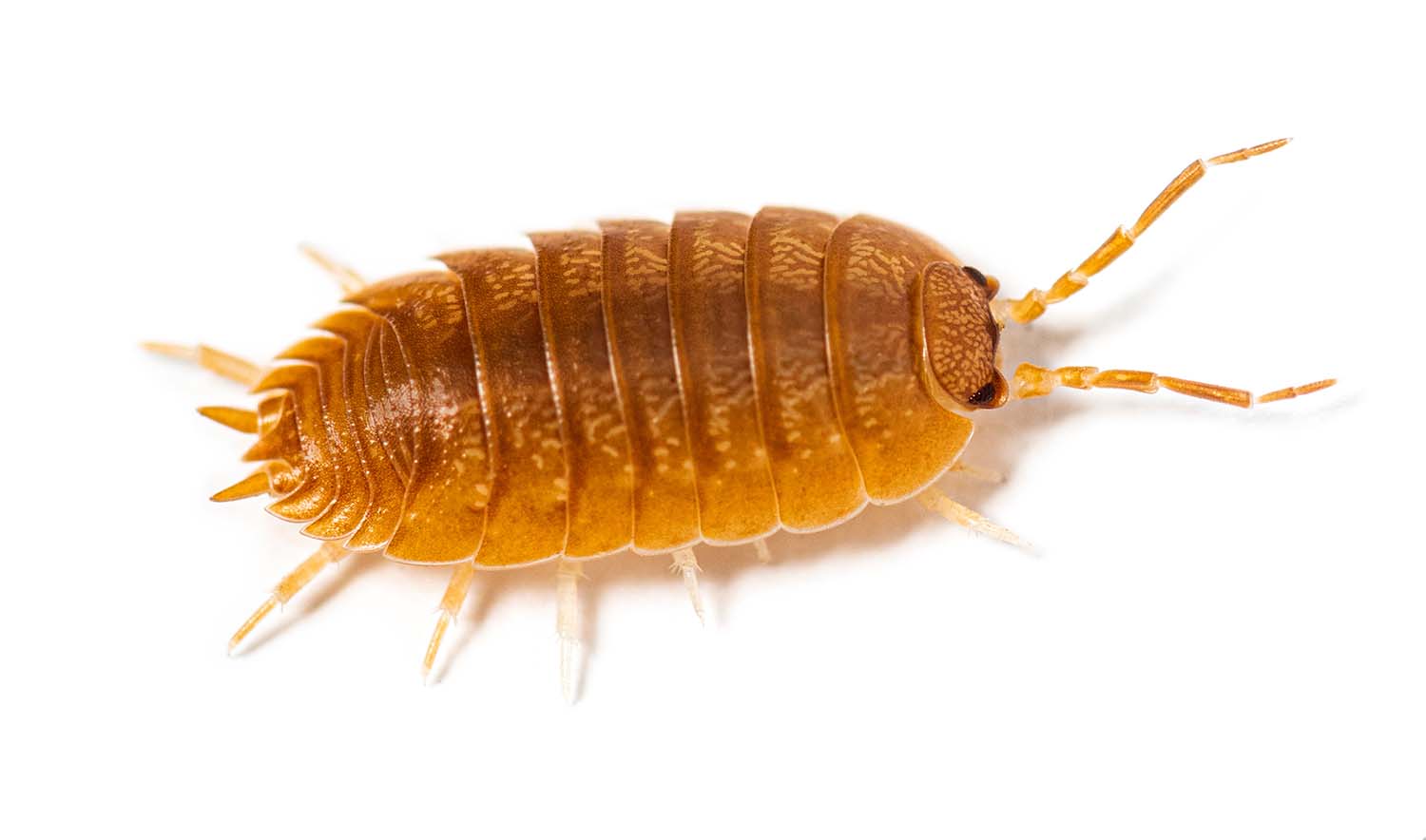

Porcellio Laevis Orange
porcellio laevis 'Orange'
This page may contain affiliate links.
Read our disclosure and privacy policy here.
The Dairy Cow isopodAn isopod is a type of small creature that belongs to the crustacean family, just like crabs and lobsters. They have a special body shape with a hard outer shell, which protects their soft insides. Learn More, also known by its scientific name Porcellio laevis, is a fascinating species of isopod that gets its name from its unique coloration resembling the black and white pattern of a dairy cow. Found in various regions across Europe and North America, the Dairy Cow isopod is a common sight in gardens, forests, and other damp environments.
Porcellio Laevis Orange

There’s a lot to explore right where we are, in our own neighborhoods and backyards! Join us while we get off the couch and explore the everyday wonders of nature, science, space, engineering, art, and anything else we stumble upon during on our adventures.







